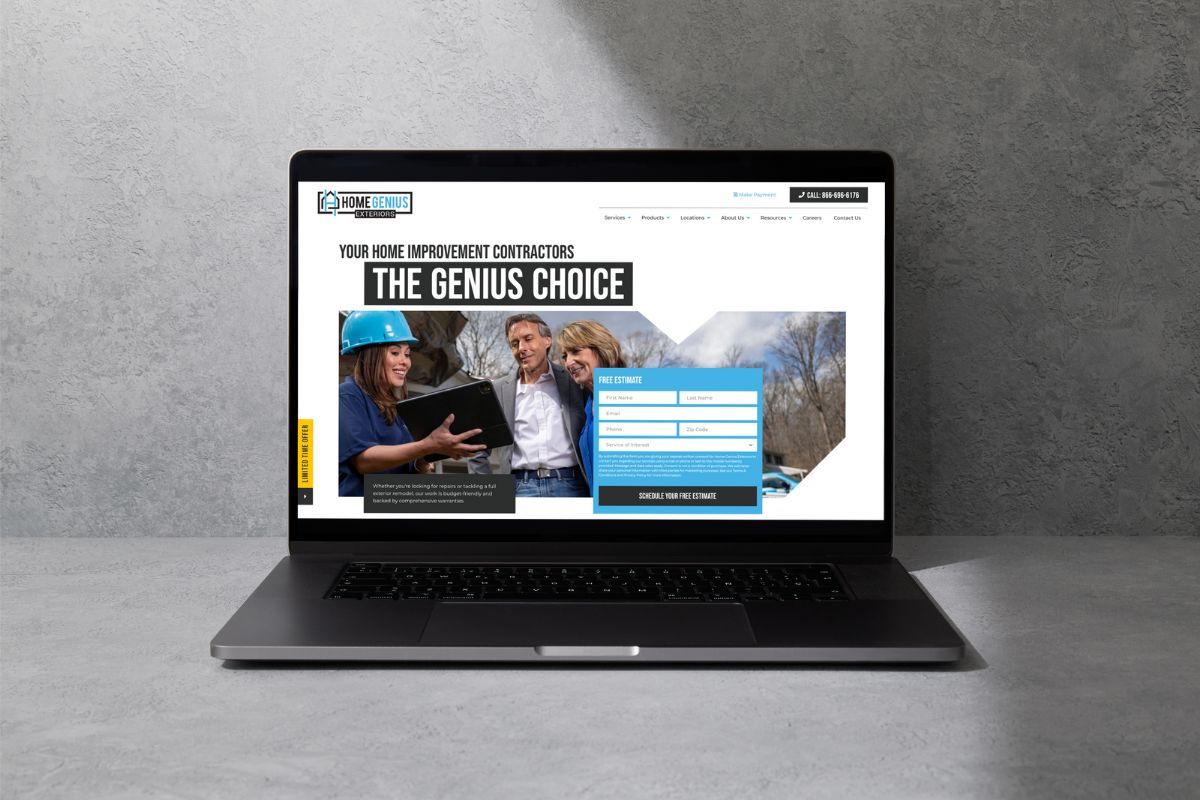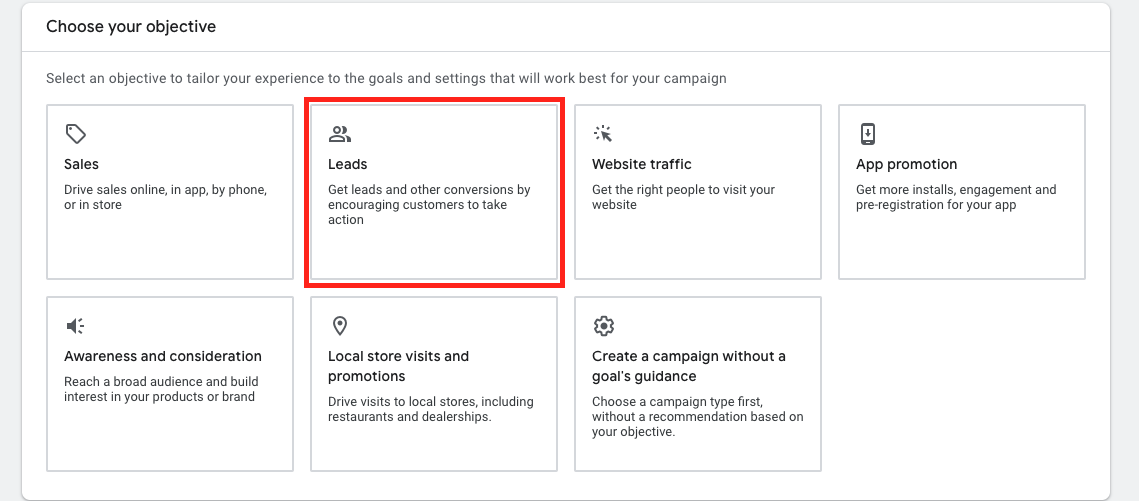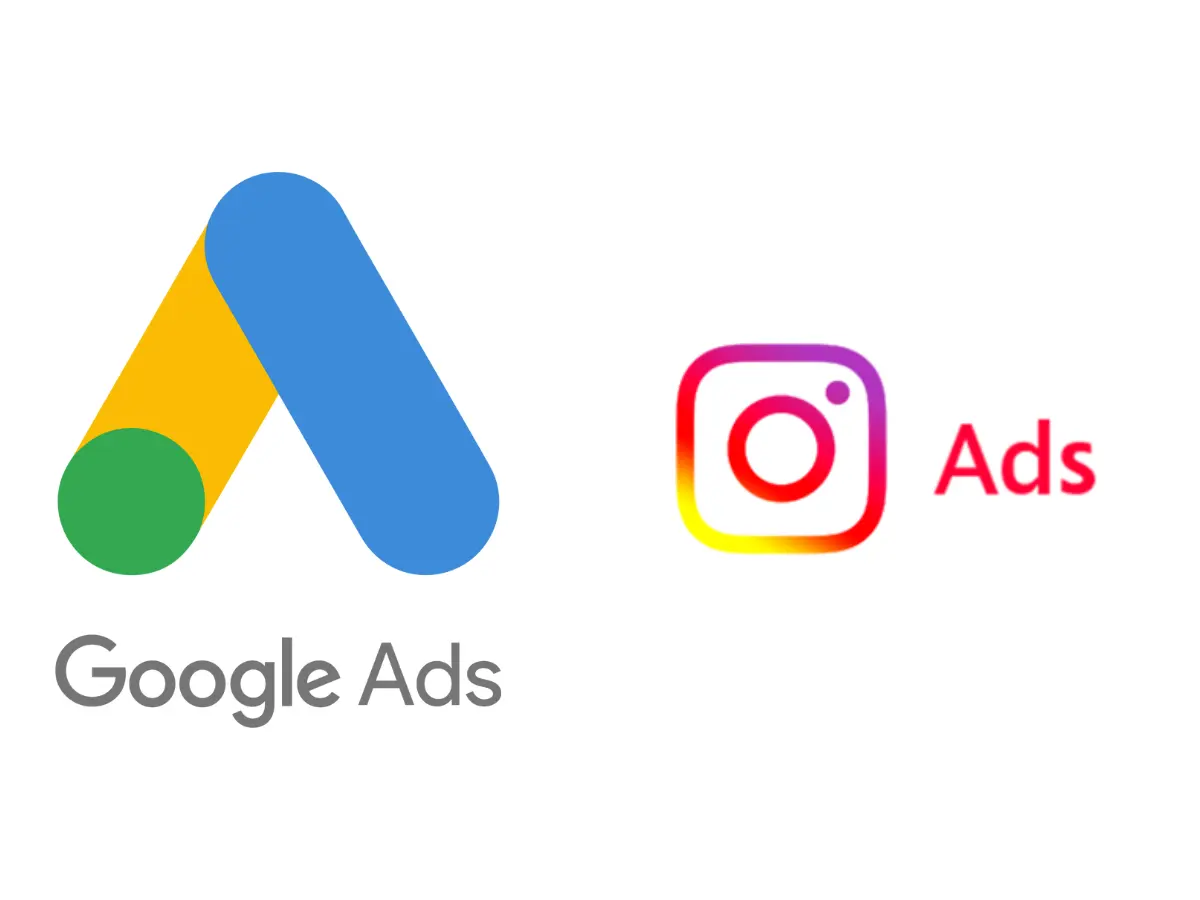With Google Ads, home builders can secure top positions in search results for specific keywords in their target locations, ensuring the right audience sees your services while they are looking for you.
This guide will show you how to create a tailored Google Ads campaign to consistently attract high-quality home building leads.

Step 1: Focus on Specific Services
When creating a Google Ads campaign, it’s essential to narrow your focus to specific home-building or renovation services. Attempting to advertise too many services at once can dilute your budget and reduce the effectiveness of your campaign. Each service you promote requires its own tailored ads, keywords, and landing pages to resonate with the target audience effectively. Spreading your ad spend across multiple services often results in fewer leads and a higher cost per lead, as your budget is divided among many areas, reducing the impact of each ad group.
Instead, focus on high-value services that are in demand and offer the best return on investment (ROI). For example, if custom home builds or luxury renovations yield higher profit margins or align with seasonal trends, prioritize those services in your campaign. By concentrating your efforts on a select few offerings, you can allocate more budget and attention to optimizing ads for those services, ensuring they perform better, generate more leads, and attract the right audience. This strategic approach not only maximizes your ROI but also helps you establish authority in your most profitable niches.
Examples of Services to Advertise:
- Custom home building
- Luxury home design and construction
- Additions (e.g., sunrooms, extra bedrooms)
- New home developments or communities
Targeting specific services ensures your ads resonate with the audience most likely to convert into paying clients. For example, advertising custom homes during spring could attract homeowners eager to build before the year ends.
Step 2: Conduct Targeted Keyword Research
Keyword research is the foundation of any successful Google Ads campaign, and for home builders, keeping it simple is the best practice. While it might be tempting to target a wide range of keywords to cast a broader net, this approach often leads to inefficiency and higher costs. Instead, focus on identifying the specific search terms your potential clients are using to find contractors.
By narrowing your keyword list to the most relevant and high-performing terms, you ensure your ads are shown to a more targeted audience—homeowners actively looking for the services you specialize in. For example, instead of targeting general terms like “home construction,” focus on more specific phrases like “custom home builder in [City]” or “luxury home renovations near me.” These keywords are more likely to attract users with clear intent, leading to higher-quality leads and a better return on investment.
Simplicity in keyword research also makes it easier to manage and optimize your campaign. A streamlined list of 5–15 carefully selected keywords per ad group allows you to create hyper-focused ads that align perfectly with search intent, improving your click-through and conversion rates. By avoiding keyword overload, you’ll reduce wasted ad spend, simplify tracking and analysis, and ultimately drive better results.
Types of Keywords to Target:
- General Home Building Terms:
- “Custom home builder near me”
- “Best home construction companies”
- Location-Specific Keywords:
- “Luxury home builders in [City]”
- “New home construction in [City]”
- Service-Specific Keywords:
- “Energy-efficient home builders”
- “Modern home designs and builds”
Pro Tip: Add local modifiers to your keywords (e.g., “Affordable home construction in Austin”) to ensure you reach homeowners in your service area and minimize irrelevant traffic.
Keyword Strategy:
Strike a balance between broad and long-tail keywords. General terms attract larger audiences but are competitive and costly. Long-tail keywords like “custom home builder with financing in [City]” are more specific, cost-effective, and lead to higher-quality inquiries.

Step 3: Optimize Your Landing Page
The main differentiator between a successful Google Ads campaign for home building and a failed one lies in the quality of the landing page. No matter how well-crafted your ad or how strategic your keyword selection, if your landing page doesn’t meet potential clients’ expectations, your campaign will struggle to convert clicks into leads.
When users click on your ad, they expect to land on a page that delivers exactly what they were searching for—whether that’s information about custom home builds, additions, or renovations. A mismatch between the ad content and the landing page will lead to high bounce rates, wasted ad spend, and missed opportunities.
Key Elements of a High-Converting Landing Page:
- Service-Specific Content: Clearly highlight the exact service promoted in your ad. For instance, if the ad focuses on custom homes, the landing page should emphasize custom home designs, build processes, and benefits.
- Professional Visuals: Showcase high-quality photos of completed projects to demonstrate your craftsmanship and appeal to potential clients visually.
- Social Proof: Build trust with testimonials, positive client reviews, and industry awards. These elements establish credibility and make prospects feel confident about choosing your services.
- Clear Call-to-Action (CTA): Include prominent, actionable CTAs that guide users toward the next step. Examples include:
- “Request a Free Consultation”
- “Get a Custom Home Quote Today”
- Mobile Optimization: Ensure the page loads quickly and is fully responsive on mobile devices, as many users will access it from smartphones. A slow or poorly designed mobile experience can deter potential leads.
An optimized landing page isn’t just a supporting element—it’s the heart of your Google Ads campaign. Google also factors in landing page quality when determining your Quality Score, which affects your ad placements and cost-per-click. A well-designed, relevant landing page can reduce your overall costs while boosting conversions.
No Website? No Problem
If you don’t have a dedicated website, directing traffic to a detailed and optimized Google Business Profile (GBP) can be an effective alternative. A well-maintained GBP with service descriptions, photos, reviews, and contact options allows you to capture leads even without a full website. However, investing in a professional landing page or website is highly recommended to maximize the effectiveness of your campaigns and establish a strong online presence.
Ultimately, the landing page is where clicks turn into leads, and investing in its quality can make or break your campaign’s success.

Step 4: Set Up Your Google Ads Campaign
Choosing a Campaign Objective:
For home builders, the best objective is “Leads” to focus on driving actions such as consultation requests or phone calls.
Recommended Campaign Type:
Search Ads work best, as they appear directly in search results when homeowners actively seek your services.
Campaign Settings:
- Turn Off Google Search Partners: Avoid irrelevant third-party placements.
- Turn Off Display Network: Focus on high-intent search users.

Step 5: Craft Compelling Ad Copy
Your ad copy should be clear, relevant, and action-oriented.
Key Elements of a Winning Ad:
- Headline:
- “Custom Homes Built for Your Lifestyle – Call for a Free Quote”
- “Top Home Builders in [City] – Start Your Dream Home Today”
- Value Propositions:
- “Energy-Efficient Designs”
- “Trusted for Over 20 Years”
- CTA:
- “Get a Free Consultation!”
- “Call Now to Start Building Your Home!”
Example Ad:
Headline 1: “Luxury Home Builders in [City]”
Headline 2: “Custom Designs Tailored to You”
Description: “Build your dream home with expert craftsmanship and personalized service. Schedule your free consultation today!”

Step 6: Track Conversions
Conversion tracking is the second most important element of a successful Google Ads campaign, right behind having a high-quality landing page. While the landing page ensures that users find what they’re looking for and are encouraged to take action, conversion tracking measures the effectiveness of your campaign by monitoring those actions—such as phone calls, form submissions, or consultation bookings.
Without conversion tracking, you’re essentially running your campaign in the dark. You won’t know which ads, keywords, or audiences are driving results and which ones are wasting your budget. This data is critical for optimizing your campaign and ensuring every dollar spent works toward generating qualified leads.
How to Track Conversions:
- Phone Calls: Use Google’s call extensions or dynamic phone numbers to track ad-driven calls.
- Form Submissions: Redirect users to a “Thank You” page after completing a form to track leads accurately.
This data allows Google Ads to optimize your campaigns for better performance over time.
Step 7: Set a Realistic Budget
A good starting budget for home builders running Google Ads is $1,500–$2,000 per month. This range provides enough flexibility to test campaigns, gather meaningful data, and drive traffic to your website or landing page while maintaining control over costs. It also gives you room to compete effectively in your local market, where competition for high-value keywords like “custom home builder near me” or “home addition contractor” can be steep.
Calculating Cost Per Lead (CPL):
To understand how far your budget will go, it’s essential to calculate your cost per lead (CPL). If your average CPL is $250, a $2,000 budget could generate 8–10 high-quality leads per month. These leads are likely to be homeowners actively searching for home building or renovation services, meaning they are more likely to convert into paying clients.
Adjusting Your Budget for ROI:
While $1,500–$2,000 is a solid starting point, it’s crucial to monitor your campaign performance and adjust accordingly:
- If CPL is Lower Than Expected: You may find that your cost per lead is below $250, allowing you to generate more leads within your budget. In this case, consider maintaining or slightly increasing your ad spend to capture more leads.
- If CPL is Higher Than Expected: If your cost per lead is higher, evaluate which parts of your campaign need optimization. Adjusting your targeting, refining your keywords, or improving your landing page could help bring costs down.
- Scaling Up for Growth: Once you’ve optimized your campaigns and see consistent results, consider increasing your monthly budget to scale up lead generation. For instance, doubling your budget to $4,000 could potentially double your leads to 16–20 per month, assuming your CPL remains consistent.
Why a Budget Matters:
- Sufficient Data Collection: A healthy budget allows you to gather enough data to identify which ads, keywords, and audiences perform best. Without adequate spend, your campaign may struggle to gain traction or deliver reliable insights.
- Targeting Competitive Keywords: Keywords related to home building and renovation are often competitive and expensive. A higher budget ensures you can compete for high-intent searches like “luxury home builder in [City]” or “custom home designs near me.”
- Consistency in Lead Flow: A steady budget helps ensure a consistent flow of leads, which is vital for maintaining a predictable sales pipeline.
Pro Tip: Start Small and Scale
If you’re new to Google Ads, it’s wise to start at the lower end of the budget range, such as $1,500 per month. As you gain insights into your campaign’s performance—like which keywords or services drive the best results—you can gradually increase your budget. Scaling over time allows you to maximize your return on investment (ROI) while minimizing unnecessary expenses.
By committing to a strategic and data-driven approach, your initial budget will serve as a foundation for attracting qualified leads and growing your home-building business.
Step 8: Monitor and Optimize Regularly
Key Metrics to Track:
- Impressions: How often your ad appears.
- Click-Through Rate (CTR): Measures ad relevance.
- Cost Per Click (CPC): Tracks budget efficiency.
- Conversions: Number of leads generated.
Optimization Tips:
- Test new ad copy and CTAs.
- Pause underperforming keywords or ads.
- Adjust bids on high-performing keywords.
Conclusion
By leveraging Google Ads, home builders can effectively target homeowners looking to build or renovate. From selecting specific services to optimizing keywords, landing pages, and budgets, a well-executed campaign can drive leads and grow your business.
Need Help?
Let the experts at 7ten Marketing assist you in creating and managing your Google Ads campaign for maximum success. Contact us today!
Related Posts



